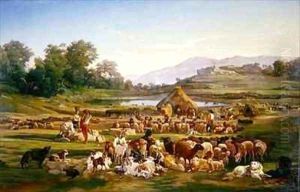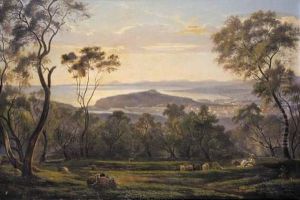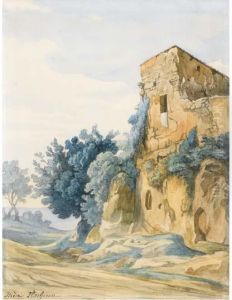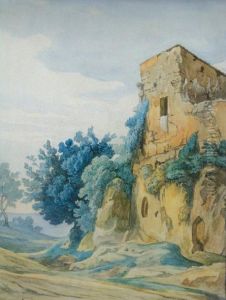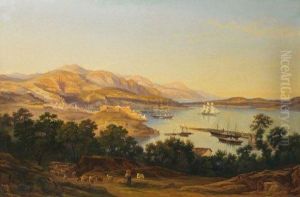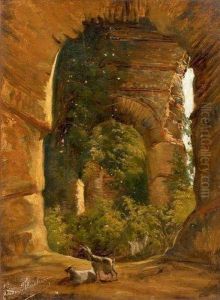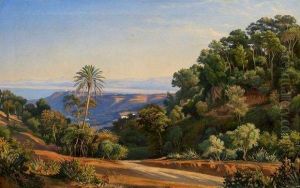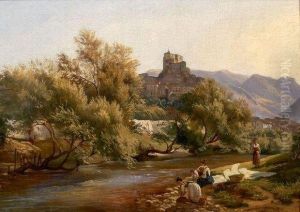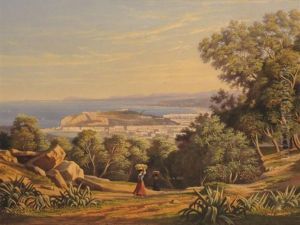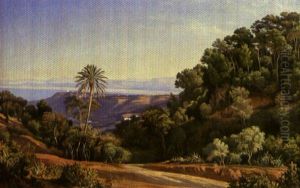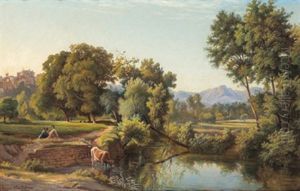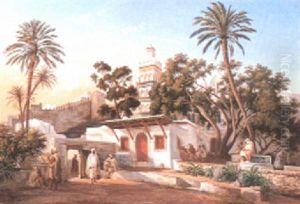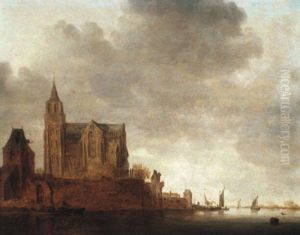Gregoire Isidore Flacheron Paintings
Grégoire Isidore Flacheron was a French artist born on February 19, 1800, in Lyon, France. He was primarily known as a painter and engraver who contributed to the artistic movements of the 19th century. Flacheron studied under the guidance of influential artists of his time, which allowed him to develop a distinctive style that combined elements of Neoclassicism with the emerging Romantic sensibilities.
In his early years, Flacheron received his artistic training at the École des Beaux-Arts in Lyon, where he honed his skills in drawing and painting. His talent was recognized early on, and he was awarded several prizes that encouraged him to pursue his career further. He later moved to Paris to continue his studies and immerse himself in the vibrant artistic community of the capital.
Throughout his career, Flacheron exhibited his works at the prestigious Paris Salon, where he gained recognition and critical acclaim. His subjects often included historical scenes, landscapes, and portraits. He was particularly adept at capturing the subtleties of light and atmosphere, which added a sense of realism and depth to his works. His engravings also reflected a high level of craftsmanship and attention to detail, often reproducing the works of other artists or illustrating historical and mythological scenes.
Flacheron's contributions to the world of art were not limited to his own creations. He was also an active member of the artistic community, engaging with contemporary artists and contributing to the cultural life of his time. His works can be found in various museums and private collections, serving as a testament to his skill and artistic legacy.
Grégoire Isidore Flacheron passed away on August 31, 1879, in Lyon. Despite not being as widely known as some of his contemporaries, his work remains respected among art historians and collectors, and he is remembered for his artistic achievements and the role he played in the artistic developments of the 19th century.
